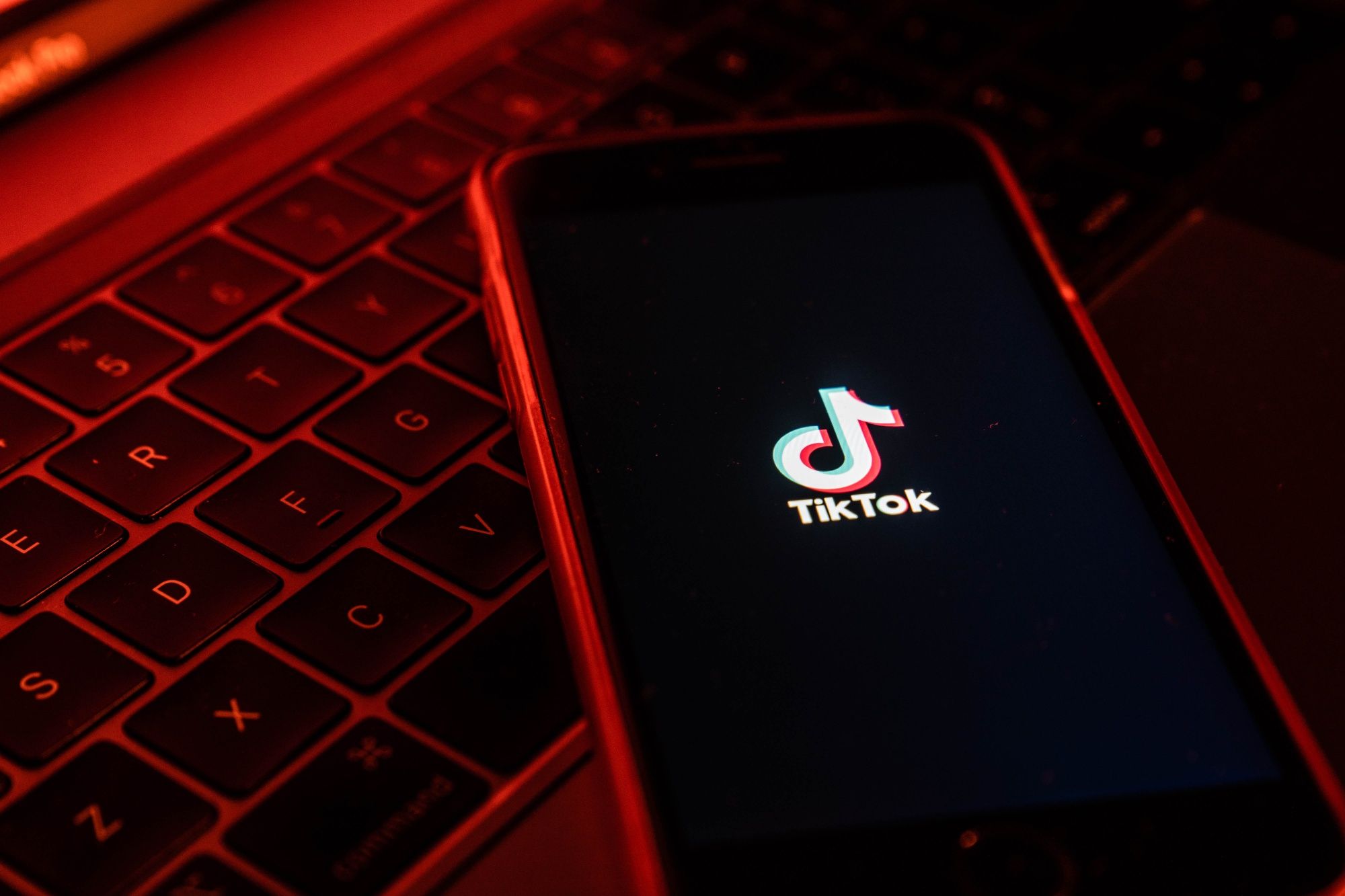TikTok is the largest growing video platform. It has a large audience, primarily teenagers, who either uploads short creatives or consumes them as fans. TikTok has recently announced a new privacy feature for teens to protect them from exploitative DMs and harassment.
TikTok, through a blog post, said that the platform will now automatically switch off direct messaging for new users aged between 16 and 17. Teens can now easily switch their DMs on in the settings, but it will be their choice.
The app will also prompt the current users in the same age range to review and confirm their privacy settings when using DM for the first time. The new feature will be an automated one but draws more attention to privacy concerns.
TikTok has previously disabled direct messaging for all users under the age of 16. Users aged 16 to 17 will now get a popup when someone tries to download their videos, asking them to confirm that and warning them that their content could be shared on other platforms.
On the other hand, the download feature is already disabled for users under the age of 16. However, they will get an alert too. When children of this age group go to publish a video, TikTok will ask them to select what users will see their video: followers, followers that they follow back, or just themselves. Accounts under 16 are already private by default, meaning that they do not have the option to allow everyone to see their videos.
TikTok is also curbing nighttime push notifications since children need to get a good sleep.
“We want to help our younger users in particular develop positive digital habits early on, and we regularly consult with leading paediatric experts and youth well-being advocates,” TikTok wrote. “Accounts aged 13 to 15 will not receive push notifications from 9 p.m., and accounts aged 16 to 17 will have push notifications disabled starting at 10 p.m.”
Children under the age of 13 are not allowed to be on TikTok, and the company deleted over 7 million accounts that were suspected of falling under this range.
TikTok’s new feature will go global over the next few months.
